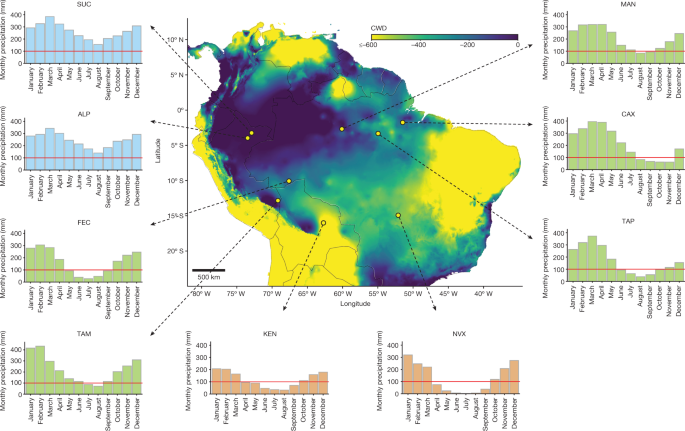2023-04-27 ミシガン大学
これにより、惑星が形成される初期の段階における円盤の調査に向けた研究が促進される。なお、この星は、太陽の6倍以上の質量を持ち、900倍以上の輝度を放射している。
<関連情報>
- https://news.umich.edu/study-presents-most-detailed-image-of-inner-region-of-planet-forming-disks/
- https://iopscience.iop.org/article/10.3847/1538-4357/acb4ea/meta
ヘルビッグBe星HD 190073の内部天文単位を撮影 Imaging the Inner Astronomical Unit of the Herbig Be Star HD 190073
Nour Ibrahim, John D. Monnier, Stefan Kraus, Jean-Baptiste Le Bouquin, Narsireddy Anugu, Fabien Baron, Theo Ten Brummelaar, Claire L. Davies, Jacob Ennis, Tyler Gardner, Aaron Labdon, Cyprien Lanthermann, Antoine Mérand, Evan Rich, Gail H. Schaefer, and Benjamin R. Setterholm
The Astrophysical Journal Published 2023 April 24
DOI:10.3847/1538-4357/acb4ea

Abstract
The inner regions of protoplanetary disks host many complex physical processes such as star–disk interactions, magnetic fields, planet formation, and the migration of new planets. To study directly this region requires milliarcsecond angular resolution, beyond the diffraction limit of the world’s largest optical telescopes and even too small for the millimeter-wave interferometer Atacama Large Millimeter/submillimeter Array (ALMA). However, we can use infrared interferometers to image the inner astronomical unit. Here, we present new results from the CHARA and VLTI arrays for the young and luminous Herbig Be star HD 190073. We detect a sub-astronomical unit (sub-AU) cavity surrounded by a ring-like structure that we interpret as the dust destruction front. We model the shape with six radial profiles, three symmetric and three asymmetric, and present a model-free image reconstruction. All the models are consistent with a near face-on disk with an inclination ≲20°, and we measure an average ring radius of 1.4 ± 0.2 mas (1.14 au). Around 48% of the total flux comes from the disk with 15% of that emission appearing to emerge from inside the inner rim. The cause of emission is still unclear, perhaps due to different dust grain compositions or gas emission. The skewed models and the imaging point to an off-center star, possibly due to binarity. Our image shows sub-AU structure, which seems to move between the two epochs inconsistently with Keplerian motion and we discuss possible explanations for this apparent change.



